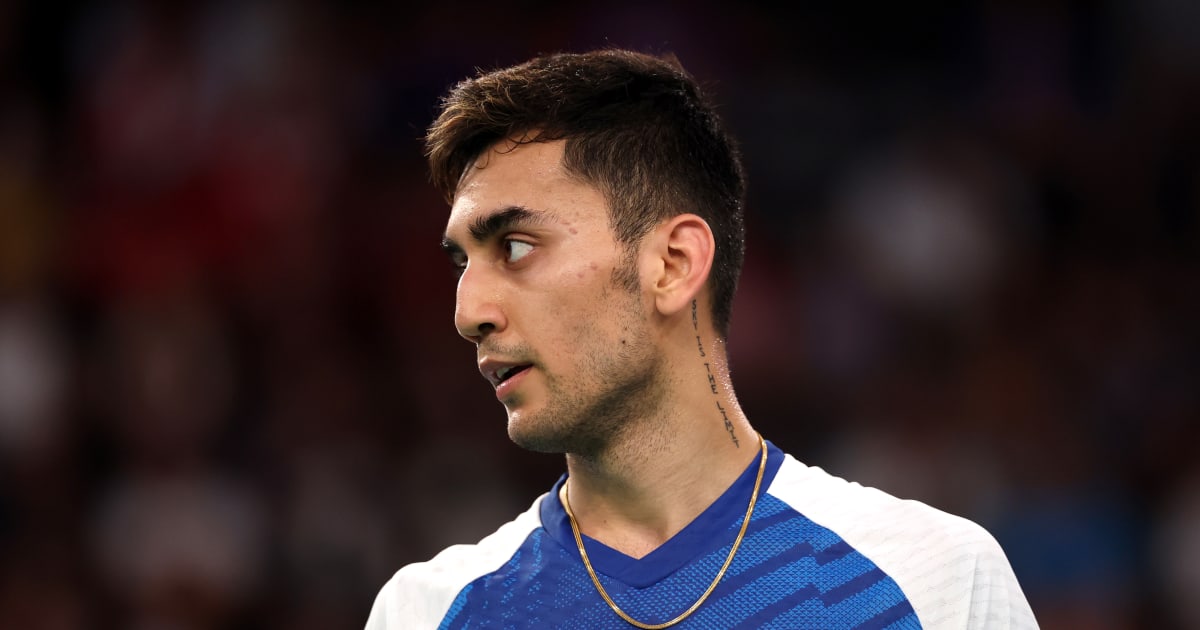– Advertisement –
ISLAMABAD, Oct 08 (APP): Deputy Prime Minister/Foreign Minister (DPM/FM) Senator Mohammad Ishaq Dar on Wednesday gave directions for timely and effective implementation of projects for recovery, and reconstruction to ensure…

– Advertisement –
ISLAMABAD, Oct 08 (APP): Deputy Prime Minister/Foreign Minister (DPM/FM) Senator Mohammad Ishaq Dar on Wednesday gave directions for timely and effective implementation of projects for recovery, and reconstruction to ensure…

McLaren have experienced an extraordinary turnaround in their Formula 1 fortunes over the last few years, going from the rear of the field at the start of the 2023 season to earning back-to-back Teams’ Championship titles in 2025. F1.com charts…

India’s Lakshya Sen suffered a first-round exit at the Arctic Open 2025 after a straight-game defeat in the men’s singles badminton event in Vantaa, Finland, on Wednesday.
Competing at the Energia Areena against world No. 11 Kodai Naraoka of…

Taylour Paige felt good putting on her exquisitely tailored Thom Browne trench for the American designer’s spring 2026 show at Paris Fashion Week. She was even more amped up by the “glorious” Thom Browne team’s reaction.
“I just loved…

Sky-watchers across Jersey were treated to a supermoon on Tuesday night.
A supermoon appears brighter and larger than other full moons in the evening sky and occurs when the Moon is at its closest point to the Earth.
The term was first coined in…


Pierre Gasly was frank in his assessment of how the Singapore Grand Prix went for Alpine after the Frenchman finished near the back of the pack in 19th place. With Franco Colapinto only 16th, this was the fifth race weekend in a row Alpine have…